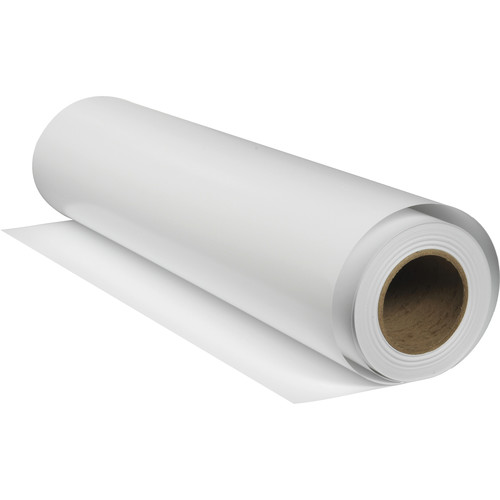In many ways, inkjet print heads are among the most innovative and visionary technologies of our time. For professionals and consumers alike, inkjet printing technologies have made producing full color high quality photographs, documents and fine art reproductions easier, cleaner and more affordable.
At the time, the invention of inkjet printing represented a significant departure from concepts behind most other forms of printmaking. Before the advent of inkjet print heads, most other printing methods required the application of ink directly onto paper with a printing plate or printing blanket that carried ink to make a physical impression on the surface of the paper. This need often meant that printing presses were large, messy and expensive.
As an alternative to conventional direct printing techniques, early developers of inkjet printing realized that near-microscopic drops of ink could be “sprayed” onto paper in a controlled manner to produce images on demand. The drops of ink are so small that are each one is almostinvisible to the human eye, yet when arranged algorithmically by the millions into patterns on paper (or other media) these tiny drops of ink can compose breathtaking photorealistic images, intricately detailed schematics and spectacular works of art.
One of the characteristics of inkjet printing that makes the technology truly revolutionary is the elimination of direct contact between the print head and the surface of the media on which an image is being produced. By eliminating the need for direct contact between a printing plate and paper, the inventors of inkjet printing opened the doors to easier, cleaner and lower cost printing on a wider variety of paper and media types.
So what’s inside an inkjet print head and how does it work?
The anatomy of the modern inkjet print head is comprised of a tiny chamber where ink is fed and an even smaller nozzle out of which the ink is ejected by force, as needed, one drop at a time. This method, known as Drop-On-Demand (DOD), enables a high level of control over the rate and placement of ink drops to produce high quality and high-resolution images.



0 Comments on "The Technology Inside: Inkjet Print Heads"